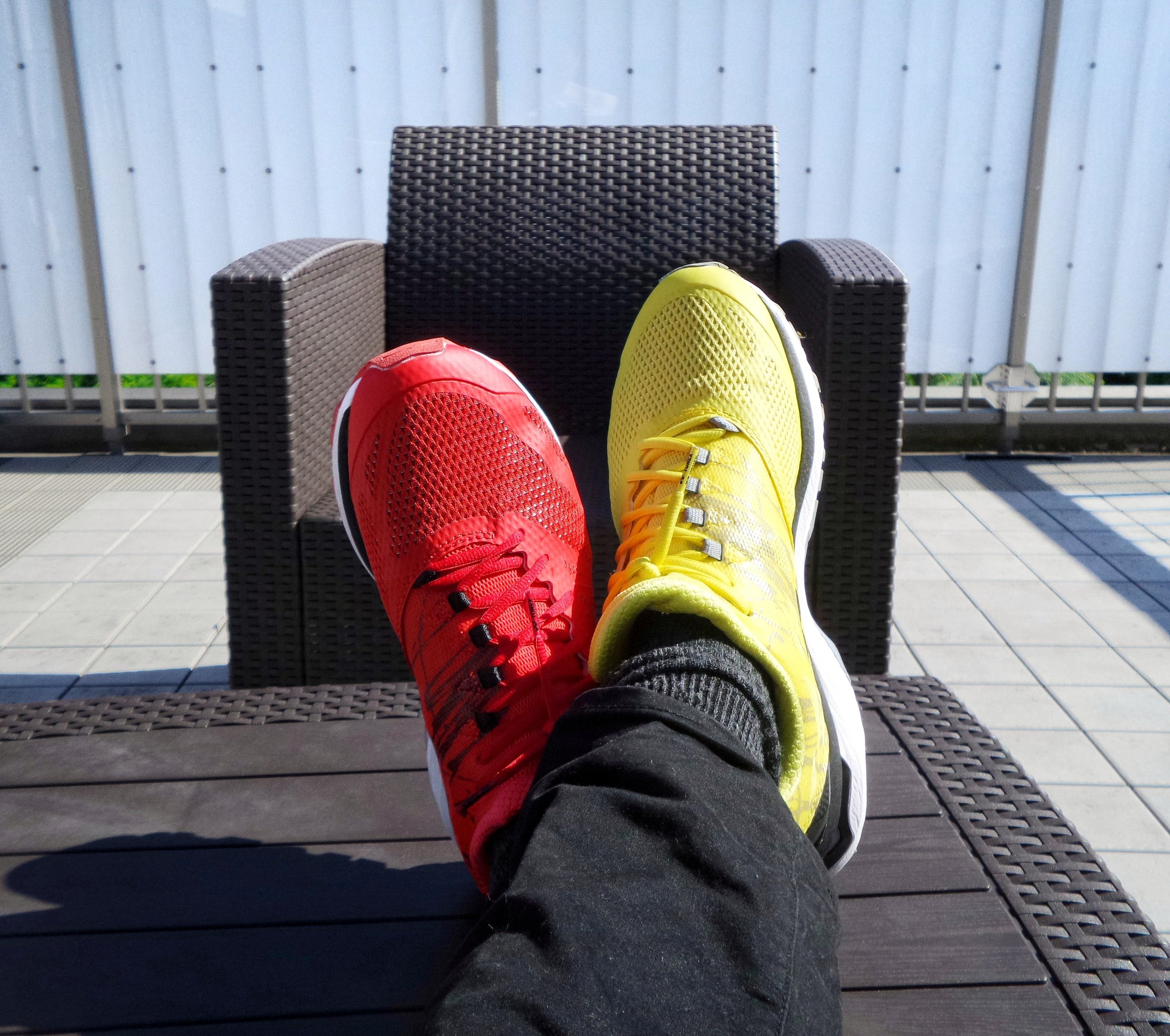Creative Approaches with Big Data
If you followed the 2020 Creative and Arts-Based Methods series on MethodSpace, you have seen a lot of examples from qualitative researchers. We don't want to neglect quantitative researchers, including those who work with Big Data. This collection of open access articles might give you some food for thought about your own research. If you have other examples to suggest, use the comment area to post links.
Entangling and Elevating Creativity and Criticality in Participatory Futuring Engagements (Balcom Raleigh & Heinonen, 2018)
This article proposes that creativity and criticality not only can but should be entangled and elevated in participatory futuringengagements. Selected concepts from creativity theory and critical futures studies are applied to develop a set of futuring games through action research.We claim that participatory processes designed to entangle and elevate creativity and criticality produce more novel and varied ideas that better fitthe purposes of futures studies. This article offers four arguments for combining creativity and criticality in participatory futuring engagements.First, due to complexity and uncertainty, the future is ultimately unknowable andrequires tools to probe the unknown. Second, novelty is difficult to achieve inpractice while creativity and criticality can help overcome these challenges.Third, discontinuities are the main sources of futures that are most radicallydifferent from the present and will have the biggest impact. Fourth, creativityand criticality support the rigorous imagining required for exploring anddiscovering new possible futures. This article analyzes three experimentationsin entangling and elevating creativity and criticality in game-based futuring,stemming from Causal Layered Analysis. Based on these examples, we demonstratethat creativity and criticality, when combined, help people break through thelimitations of current understanding, reveal approaching tipping points, andfind the “unvisited cavities” through rhizomatic knowledge creation. However,there remain challenges in evaluating how well various participatory designssupport creativity and criticality in practice. Context-sensitive evaluationtools and open sharing of outcomes are needed to develop participation designprinciples capable of supporting creativity and criticality in participatoryfuturing.
Reimagining the Big Data assemblage (Carter, 2018)
Recent work on Big Data and analytics reveals a tensionbetween analyzing the role of emerging objects and processes in existing systemsand using those same objects and processes to create new and purposeful formsof action. While the field of science and technology studies has hadconsiderable success in pursuing the former goal, as Halford and Savage argue,there is an ongoing need to discover or invent ways to “do Big Data analyticsdifferently.” In this commentary, I suggest that attempts to produce new waysof working with Big Data and analytics might be hindered by how science andtechnology studies-influenced scholars have conceptualized assemblages. Whilethese scholars have foregrounded objects’ relations within existingassemblages, new materialist philosophers draw attention to properties ofobjects that transcend those relations and might indicate opportunities formore creative or generative uses of Big Data and analytics.
Creative data literacy (D'Ignazio, 2017)
Working with data is anincreasingly powerful way of making knowledge claims about the world. There is,however, a growing gap between those who can work effectively with data andthose who cannot. Because it is state and corporate actors who possess theresources to collect, store and analyze data, individuals (e.g., citizens,community members, professionals) are more likely to be the subjects of datathan to use data for civic purposes. There is a strong case to be made forcultivating data literacy for people in non-technical fields as one way ofbridging this gap. Literacy, following the model of popular education proposedby Paulo Freire, requires not only the acquisition of technical skills but alsothe emancipation achieved through the literacy process. This article proposesthe term creative data literacy to refer to the fact that non-technicallearners may need pathways towards data which do not come from technicalfields. Here I offer five tactics to cultivate creative data literacy forempowerment. They are grounded in my experience as a data literacy researcher,educator and software developer. Each tactic is explained and introduced withexamples. I assert that working towards creative data literacy is not only thework of educators but also of data creators, data publishers, tool developers,tool and visualization designers, tutorial authors, government, communityorganizers and artists.
Big Web data, small focus: An ethnosemiotic approach to culturally themed selective Web archiving (Huc-Hepher, 2015)
This paper proposes a multimodal ethnosemiotic conceptualframework for culturally themed selective Web archiving, taking as a practicalexample the curation of the London French Special Collection (LFSC) in the UKWeb Archive. Its focus on a particular ‘community’ is presented as advantageousin overcoming the sheer scale of data available on the Web; yet, it is arguedthat these ethnographic boundaries may be flawed if they do not map onto thecollective self-perception of the London French. The approach establishesseveral theoretical meeting points between Pierre Bourdieu’s ethnography and GuntherKress’s multimodal social semiotics, notably, the foregrounding of practice andthe meaning-making potentialities of the everyday; the implications of languageand categorisation; the interplay between (curating/researcher) subject and(curated/research) object; evolving notions of agency, authorship and audience;together with social engagement, and the archive as dynamic process andproduct. The curation rationale proposed stems from Bourdieu’s three-stagefield analysis model, which places a strong emphasis on habitus, considered tobe most accurately (re)presented through blogs, yet necessitates itscontextualisation within the broader (diasporic) field(s), throughinstitutional websites, for example, whilst advocating a reflexive awareness ofthe researcher/curator’s (subjective) role. This, alongside the Kressianacknowledgement of the inherent multimodality of on-line resources, lendsitself convincingly to selection and valuation strategies, whilst thediscussion of language, genre, authorship and audience is relevant to thepotential cataloguing of Web objects. By conceptualising the culturally themedselective Web-archiving process within the ethnosemiotic framework constructed,concrete recommendations emerge regarding curation, classification andcrowd-sourcing.
What are neural networks not good at? On artificial creativity(Oleinik, 2019)
This article discusses three dimensions of creativity:metaphorical thinking; social interaction; and going beyond extrapolation inpredictions. An overview of applications of neural networks in these threeareas is offered. It is argued that the current reliance on the apparatus ofstatistical regression limits the scope of possibilities for neural networks ingeneral, and in moving towards artificial creativity in particular. Artificialcreativity may require revising some foundational principles on which neuralnetworks are currently built.
The Semantic Network Model of Creativity: Analysis of Online Social Media Data (Yu, Peng, Peng, Zheng, & Liu, 2016)
The central hypothesis of Semantic Network Model ofCreativity is that creative people, who are exposed to more information thatare both novel and useful, will have more interconnections between eventschemas in their associations. The networks of event schemas in creativepeople’s minds were expected to be wider and denser than those in less creativepeople’s minds. Based on this theory, data from Chinese online social media,also known as “Weibo microblogging,” were analyzed. Each user’s score consistedof the metric of coverage, which represented the spread of the network, as wellas the metric of density, which represented the interconnections among nodes inthe network. The results showed that occupations had a significant effect onpeople’s creativity score. Academic scholars and writers in general had higherscores compared to other groups, such as entertainment celebrities and sportstars. The implications and limitations of this method of quantifying people’screativity were discussed
References
Balcom Raleigh, N. A., & Heinonen, S.(2018). Entangling and elevating creativity and criticality in participatoryfuturing engagements. World FuturesReview, 11(2), 141-162. doi:10.1177/1946756718807014
Carter, D.(2018). Reimagining the Big Data assemblage. Big Data & Society, 5(2), 2053951718818194.doi:10.1177/2053951718818194
D'Ignazio, C.(2017). Creative data literacy: Bridging the gap between the data-haves anddata-have nots. Information DesignJournal, 23(1), 6-18. doi:https://doi.org/10.1075/idj.23.1.03dig
Huc-Hepher, S.(2015). Big Web data, small focus: An ethnosemiotic approach to culturallythemed selective Web archiving. Big Data& Society, 2(2), 2053951715595823. doi:10.1177/2053951715595823
Oleinik, A.(2019). What are neural networks not good at? On artificial creativity. Big Data & Society, 6(1),2053951719839433. doi:10.1177/2053951719839433
Yu, F.,Peng, T., Peng, K., Zheng, S. X., & Liu, Z. (2016). The Semantic Network Model of creativity: Analysis of online social media data. Creativity Research Journal, 28(3), 268-274.






















Want to learn more about research with datasets? This curated collection of open-access articles can help you understand defining characteristics, and develop data literacy skills needed to work with large datasets and machine learning tools for managing Big Data sources.